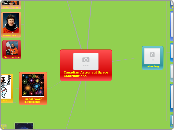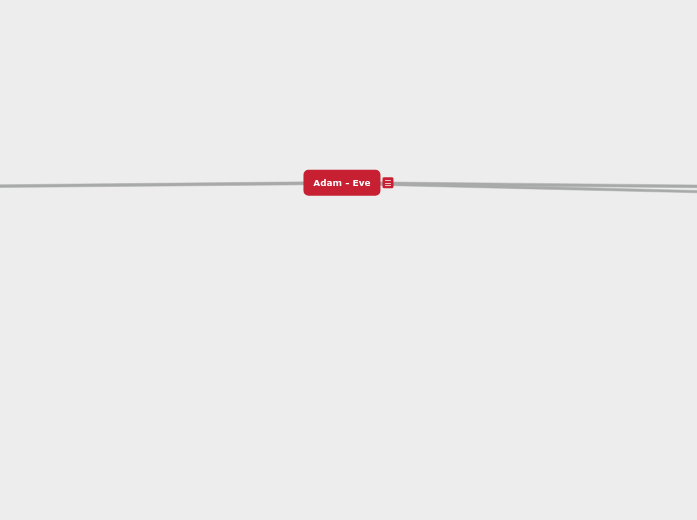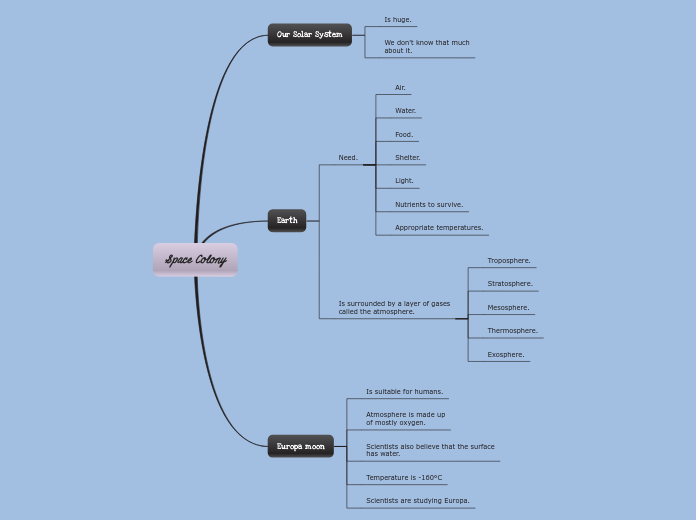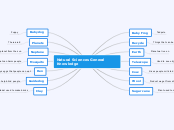av Ben Tenson 13 år siden
856
Canadian Astronaut Space Contributions
The text discusses various celestial bodies, including the moon, which aids nocturnal animals, and planets within our solar system, each with distinct characteristics. Mercury is closest to the sun and very hot, while Venus is known for its volcanoes and high temperatures.









